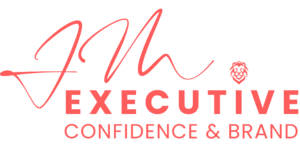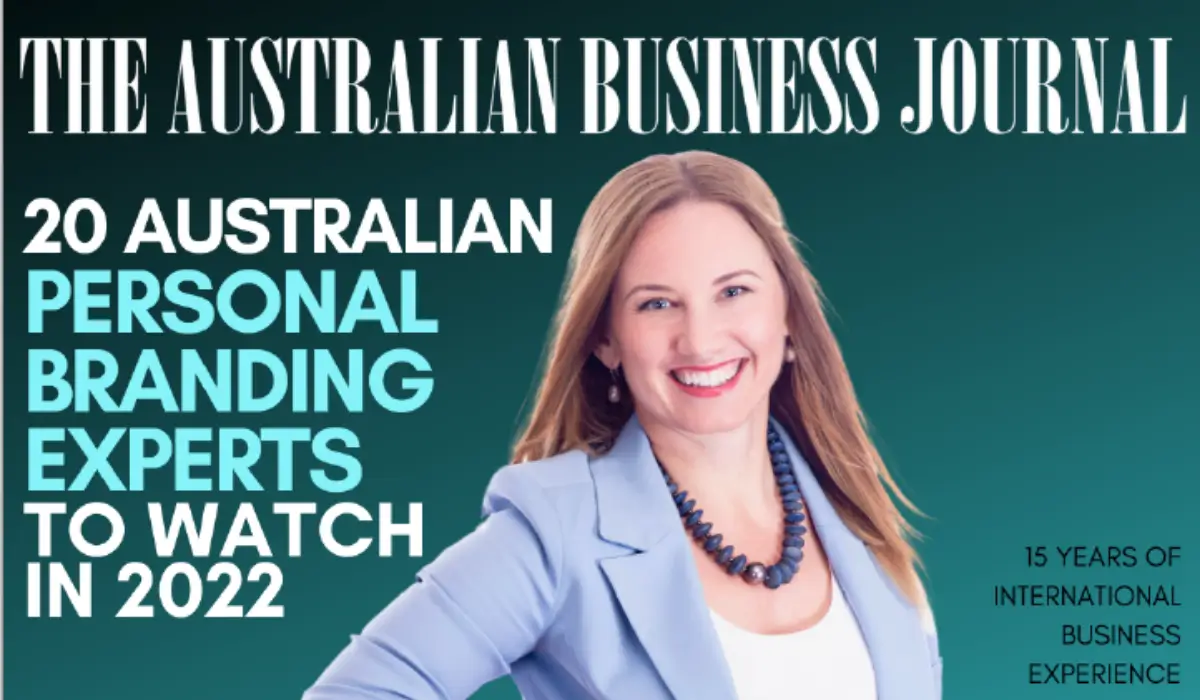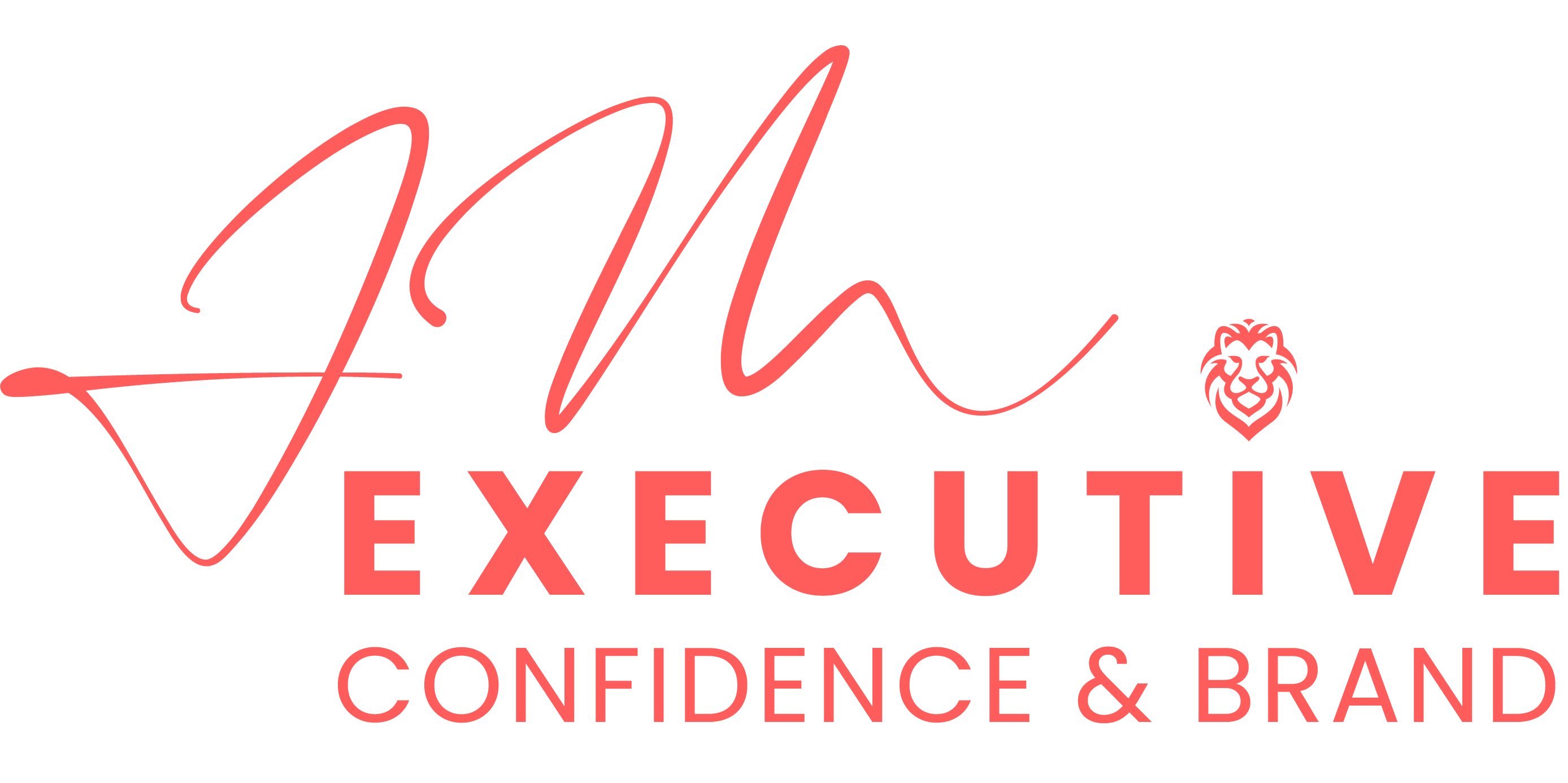(Guest Blog: Michiel Den Haerynck, Communication Specialist)
Why LinkedIn?
With 610 million members and 303 million active users, LinkedIn is a professional force not to be reckoned with. What’s more, according to a LinkedIn survey, they are responsible for 80% of the B2B leads in the industry.
Beginner or experienced LinkedIn user, it is useful to do a refresh and start the year with impact.
1. Start thinking about your personal brand
It has been a buzzword for a couple of years now, but your brand is more relevant than ever. Every interaction you have, online and offline, is an opportunity to showcase who you want to be and what you want to stand for.
Any strong brand contains three elements: authenticity, consistency and niche.
a. Authenticity
Be yourself. This is probably the most important element about your brand. People are craving for real, human connections. Amongst a sea of marketing departments and carefully written and curated content, finding a real voice is refreshing.
An even better way to look at authenticity is to envision the person you want to become and using every day to get one step closer to that ideal. We’re all imperfect, we all struggle from time to time and we could all benefit from a healthy dose of honesty to find ways to step up authentically and have greater impact.
b. Consistency
The second element of a strong brand is the ability be that brand day in day out. In a LinkedIn context that means you need to produce added value content every day, twice a week, once a month. Whatever you decide is best for you. Just stick to your schedule for at least six months. Turn your brand into a habit.
Branding takes time and by consistently working on it, it will evolve and mature, offering more depth for your audience.
c. Niche
Avoid going to general because your voice will get lost in the noise. More niche, less noise and you will also find that your audience is a lot more willing to engage.
2. The passive approach: Complete your all-star profile.
LinkedIn will give you all the information needed to complete the setup. Most important elements are your profile picture and the summary.
a. Profile picture
If you have a client facing role or interact a lot with people offline, try to use a photo that will give people the right first impression. Something that will create a familiarity between your online and offline presence. Dress the way you would dress during your first meeting with a new client or if you’re a trainer, a picture of you at the gym works wonders.
A good LinkedIn profile picture focuses on the face. Avoid taking selfies in the car. Look straight into the camera, smile and squint a little bit, try to keep the background neutral or blurry and your strong jawline (yes, we all have one with the right lighting) will project confidence.
A professional photographer will be able to help you take the right picture with the right lighting. Just make sure the Photoshop touches remain natural.
b. Summary (2,200 characters)
The summary is your professional overview. It focuses on more than your current role. It’s your story. What took you from the early beginnings to today and what did you learn while you were growing and learning?
There are various styles to write a summary but where your experience is adding keywords and brand names to your resume, your summary is an opportunity to clarify what a cultural fit means to you.
This is the place where you invite people to connect with you to talk about professional topics aligned with your expertise or passions that help you stand out. Make sure you add that in a clear call to action at the end of the summary.
Another interesting feature is the ability to add rich media, such as PDFs, videos or URLs. Make sure to use this space to supplement what you have been writing about. If you invite people because you speak regularly in public about a topic and would like their input, have some picture of you talking. If you like to talk about extreme sports over an extremely hot coffee, make sure to add some sort of rich media to make your case.
Rich media is the perfect excuse to bypass the mindless scrolling behavior and make people pause. Every pause is an opportunity to grab their attention with something you and the reader have in common.
And yes, keywords count. Try to think about the keywords people you would like to connect with are looking for and add them to your profile. A trick that helps here is to ask yourself “if I were to look for a professional just like me, what would I be looking for?”
3. The active approach: Become active on LinkedIn
Having a perfectly crafted profile is great. And you should be able to get more attention from recruiters, HR professional and headhunters who use LinkedIn’s search function and HR tools to look for talent.
However, in order to develop a continuous stream of traffic and work on your personal brand, you need to actively reach out to likeminded professional and expand your network.
Why?
If luck is the place where opportunity meets preparation, then active engagement is the part that helps build opportunities. The larger your network, the more you will be exposed to opportunities shared by your connections.
a. Bare minimum = connect with 10 people per week
Understand what kind of connection would be valuable to have in your network and actively search for them. There are multiple ways to find people on LinkedIn, here are few suggestions:
- Do not send invitations to connect to everybody. The likelihood of them accepting your invitation are slim (unless you’re an influencer or higher up the food chain). If your profile is reported as “I don’t know this person” too many times, LinkedIn will request you to fill out the email address of the person you try to connect with, making a connection a whole lot more difficult.
- Find the people who engaged, i.e. commented or liked, with the posts that appear on your timeline and that align with your interests. Once you have verified this person, follow them.
- Use the LinkedIn search function and filters to find a list of people you think will be relevant to have in your network. Follow all these people.
- Take that rolodex and start following people. You can also connect different address books and LinkedIn will give you suggestions about who is on LinkedIn already. If you believe these people know you as well, connect with them. If not, follow them.
- Do you have industry experts, speakers, authors that you like? Find these people and … Follow them.
- If they check out your profile, send an invitation to connect. Make sure to personalize the invitation.
b. Default = bare minimum + engagement
Doing the bare minimum will get you the bare minimum engagement. Apply the above strategy but once you start following people, keep an eye on their activity. I use 30 mins of my commute in the morning to engage with content and people.
If they post something, like it. If you feel confident you can add value and offer a different perspective, comment. Make sure to tag the author in the post using @.
A good way to engage with people is to use the “that’s a great point of view but …” approach. Author will seldom be able to resist defending their point or elaborating on a thought because engagement is most likely the reason why they are using LinkedIn in the first place.
c. Above and beyond = normal + content creation
The best way to get your brand out in the open is by creating content. The best way to create content (if you’re up to the challenge) is video.
The LinkedIn content algorithm and people in general favor video. Create a video series about what you’re passionate about. Add value without asking for anything in return and start building or contributing to your community.
Video length varies, video quality varies, video techniques vary … Just have fun with it and try to find your own style.
Remember, the most powerful brands have an authentic, consistent and niche message.
Good luck!
Michiel Den Haerynck




